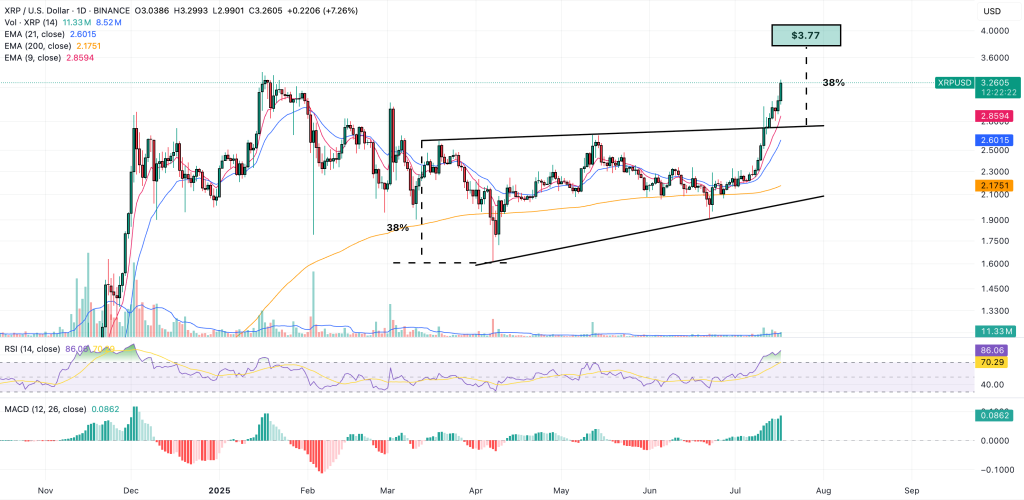If the last few years have taught us anything, it’s how uncomfortable life feels when things are unpredictable, out of control and on the brink of crisis. Yet for millions of individuals and families, living this way has long been the norm. Often, just a single event, like a reduction in working hours, an increase in rent, a car that breaks down, or a decrease in benefits, can tip them into a full-blown personal crisis.
Historically, governmental support for these vulnerable populations has come in the form of post-crisis intervention. Yet, we’re now at a point where a reactive social services system is no longer sustainable. With public sector budgets coming under huge pressure and the demand for costly protection and care services rising, it will soon be impossible for governments to provide the necessary level of support for those at risk. Building a system that’s fit for purpose in the future therefore means shifting to a prevention-based method focused not on helping people after they experience a crisis, but on averting that crisis from happening in the first place.
Prevention is better than cure
This new proactive model of social care will require three fundamental building blocks, the first of which is integrated data. By collating and analyzing information from multiple systems and departments, governments can gain a 360-degree view of specific individuals and families. This, in turn, empowers caseworkers to make more informed decisions about the type of support required. It also carries the added bonus of significantly reducing the amount of time they have to spend logging into various systems or reading stacks of paper records.
The second of these building blocks is better risk modeling. By leveraging data and predictive analytics, social care providers can identify vulnerable individuals more quickly and accurately. Crucially, they can use these insights to identify potential crises ahead of time, figure out which interventions will be the most effective, and deliver preventative services to match. It also provides a valuable feedback loop for continual improvement.
And the final building block is a redesigned service model based on personalized care, including a shift to performance-based contracts that incentivize proactive action. To take the Department of Family and Community Services in New South Wales, Australia, as an example, this tailored approach has resulted in a nearly 50% reduction in child removals. Consequently, more families stay together, more children remain in their homes and communities of origin, and the government’s work is truly focused on family preservation.
Smarter and better
Used in unison, these building blocks can create a smarter, more effective social care system. One where integrated data and technology platforms provide frontline workers with relevant and timely information about someone’s life and thereby enable them to make early interventions that reduce the need for crisis support further down the line.
Here’s how this system works in practice:
- A whole-of-government approach to addressing the needs of each individual and family. Through pooled funding and joined-up support provision, governments can ensure users of one social care program are automatically enrolled in others for which they are eligible. Support is then personalized and coordinated across service providers.
- Data-driven policy, services, workflows, automation, and security. This improves processes and saves money by facilitating accurate, real-time decision-making and more proactive early intervention and prevention.
- Human-centered design. By continually building a more holistic view of individual service users throughout their lifetime, governments can design policies and services that better meet their needs and circumstances.
- Frontline workers able to focus on their core purpose. With a lower administrative burden, caseworkers can invest more time in building relationships with vulnerable constituents and act as coaches to improve people’s lives.
- Outcomes-based commissioning of services. Rather than siloed metrics, care programs are measured against a broader wellbeing framework, taking into account an ecosystem of public, private, and not-for-profit providers. Governments ensure quality, consistency, and accountability by acting as a system steward and service integrator.
Caring for the future
Encouragingly, the data and technical know-how required to create this new model of social care are largely in place, as is the necessary proficiency in redesigned services. But as is so often the case with system-wide reform, the biggest challenge is identifying leaders with the courage to relinquish some personal power, disrupt the status quo, and transform the existing framework for good.
It’s a challenge that must be overcome. By eschewing the reactive methodology of the past and embracing the new prevention-based approach outlined above, countries all over the world can offer better, more personalized support for vulnerable people. They can deliver greater efficiencies for their own cash-strapped government agencies and service providers. And they can ensure fewer people live permanently on the brink of crisis. That’s the bold new future of social care. And it starts right now.
Credit: Source link











